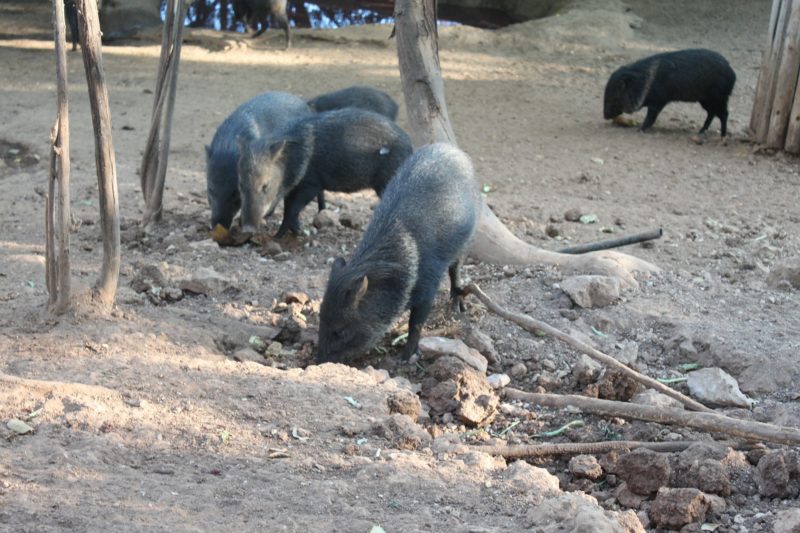JEFFERSON CITY, Mo. – Feral hogs have become a significant problem to agricultural and wildlife communities in the United States. Sharp tusks, bad attitudes, and voracious appetites allow them to decimate crops and natural food supplies that push out other native animals like deer and turkey. The animals have become such a nuisance in Texas that the Texas Parks and Wildlife Department has their own extensive guide on the animal.
So why did the Missouri Department of Conservation send out a reminder Sept. 30 that feral hog hunting on conservation areas was now banned?
The Missouri Conservation Commission voted June 24 to prohibit the hunting of hogs on conservation areas in an effort to eliminate or eradicate the invasive species. While that may seem counter-intuitive, other states, including Texas, have found that regular rifle hunting does not necessarily lower the population. One study from Texas A&M AgriLife Extension found that despite the TPWD giving out nearly 1.5 million hunting licenses in 2009, the large feral hog population in the state meant that each of those hunters could harvest 1.5 hogs, and the hogs would still have a sustainable population.
Some property owners also seek to reap the lucrative benefits of hog hunting and not the elimination of a species causing irreparable harm to ecosystems.
While the MDC’s decision does not apply to private land, they argue that hunting a few individual animals would not be as effective as rounding up a hole “sounder,” or herd, of hogs.
MDC Wildlife Division Chief Jason Sumners said that the ban is “a direct result of some misguided individuals disrupting trapping efforts by MDC staff.” Sumners said that members of the MDC would set large corral-like traps in areas known to be used by feral hogs. The staff then baits the area for days or weeks to concentrated them in the trap.
“After weeks of work to catch the sounder of hogs, we then get an individual who finds out about the site, shows up at some point, and shoots a hog or two,” Sumners said in a statement. “The rest of the group then scatters and moves to a new location. As a result, weeks of work have been wasted and new areas now have feral hogs.”

However, the change is not being embraced warmly by some most affected by feral hog populations, mainly in the southern part of the state. Rep. Paul Fitzwater, R-Potosi, says that many of his constituents feel that since their tax dollars are used to fund conservation areas, then they should be able to hunt feral hogs on those lands.
“If you’re going to buy up and purchase land with taxpayer money, the taxpayers should be able to use it. It frustrates a lot of people,” he said.
Fitzwater added that while he supported MDC’s efforts to eradicate the pests from the state and stressed he was not anti-conservation, he believed that the people he represents needed avenues to combat the problem themselves.
The representative sponsored a bill aimed at destroying feral hog populations in Missouri last session, but it failed to get a hearing. Sen. Wayne Wallingford, R-Cape Girardeau, had a similar bill that received a hearing but not a vote.













